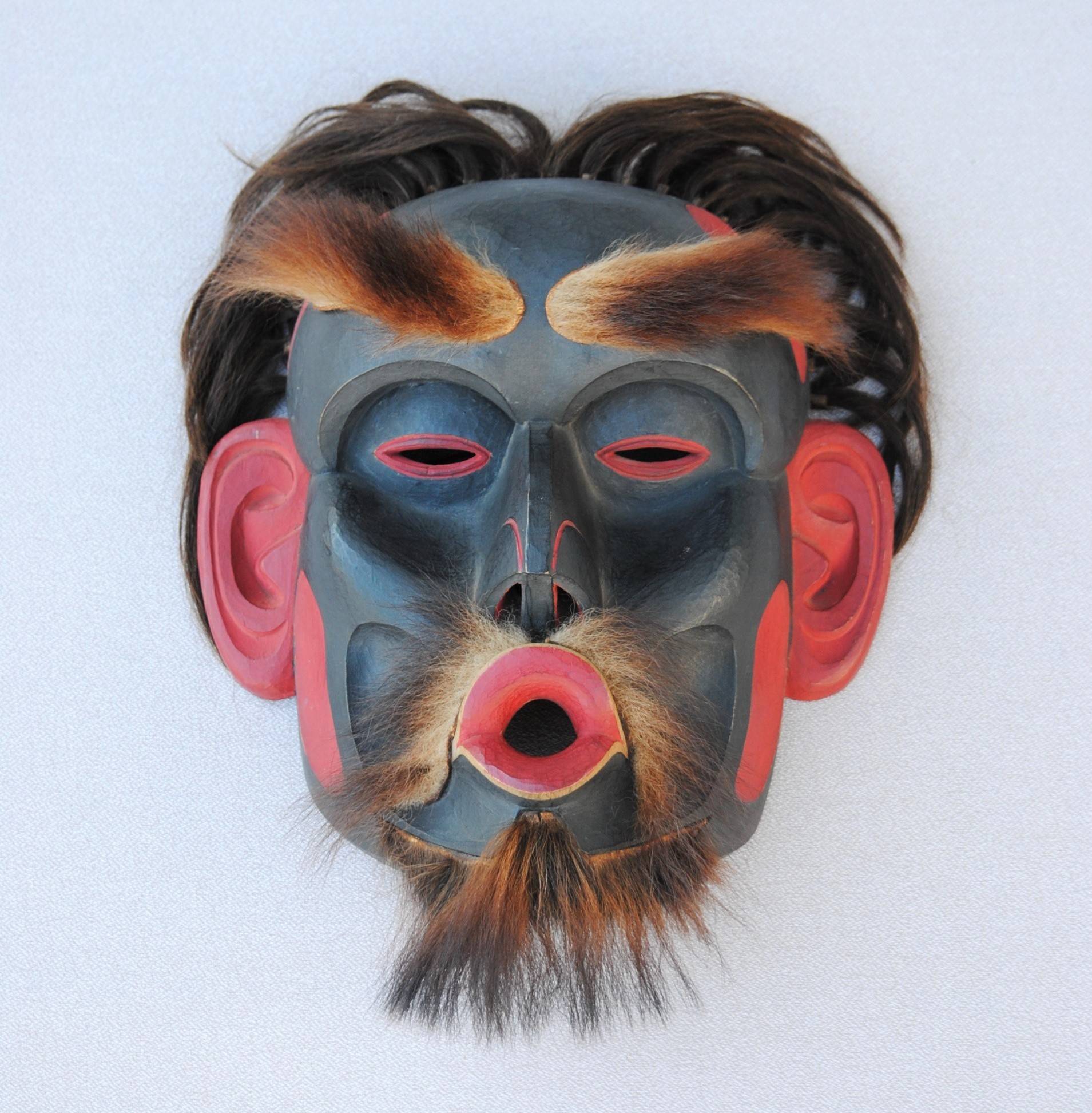For the Reporter
The White River Valley Museum’s new exhibit, Sasquatch: Ancient Native Perspectives on the Mysterious Beings of the Woods, opens July 11. It examines ancient native oral histories documenting the possible presence of mysterious humanoid beings that live deep within the Pacific Northwest forests.
The exhibit is open through Dec. 16.
Visitors immerse themselves in four story depictions native elders told to early anthropologists. Many native people of today are hesitant to speak about the mysterious beings of the woods, because saying their name may call them to you. In an effort to respect others’ beliefs and privacy, the curators have not interviewed any contemporary people about this subject – instead they have relied on words of elders long past. Most of those elders were born before 1880, so their oral histories reach far back in time.
Visitors are immersed in the settings of mysterious beings like:
Dzoonokwa (pronounced zoo-no-kwa) – a dark-haired forest giant (most accounts speak of a female) identified for millennia by Native people on Vancouver Island and the adjacent mainland. She is known to steal children who wander too far from home.
Sasquatch – usually seen individually, not in groups, and described as a human-like giant covered in dark fur, with footprints about 20 inches long. The Sasquatch has a touch that renders individuals unconscious.
Stick Indians – wild humanoids known as tricksters. They are little people who steal and can make neighbors lives difficult in many ways if they choose.
Slapu – known by Native people from the Clallam area as a giantess who steals children and smoked salmon, and is reason to stay in at night.
Upper S’Klallam artist and storyteller Roger Fernandes’s artwork forms the foundation of the exhibit. Exhibit settings come alive with spoken quotes from anthropological records.
In addition to depictions, there are native masks, oral histories and maps assembled to describe the deep traditional history of these mysterious beings of the woods. A fascinating analysis of 21 traits of the mysterious beings from more than one dozen Northwest native tribes describes how the commonly- reported traits differ among the populations. Traits include: size (a giant, 7-plus-foot tall), nocturnal, hairy, fast-moving, whistles, steals food, women and/or children, causes unconsciousness, makes viewers crazy, kills or tricks people, has a spike or knife-like toe nail.
The museum, 918 H St. SE, Auburn, is open Wednesday through Sundays, noon to 4 p.m. On the first Thursday of each month, the hours are extended from 6 to 8 p.m.
Regular admission is $5 adults, $2 seniors and children, children 2 years of age or younger are free. Admission is free for everyone on the first Thursday and the third Sunday of every month.
4Culture, Hugh & Jane Ferguson Foundation, and the Tulalip Tribe Charity Fund are sponsoring the exhibit.
Call 253-288-7433 or visit wrvmuseum.org for event information.
====
Upcoming exhibit events:
Aug. 2, 7 p.m. – Native storytelling with Roger Fernandes. Recommended ages: 7 and up. Free (no registration but space is limited).
Sept. 6, 6 p.m. – Big Foot Does Not Like Birthday Parties Story and Song Time with Eric Ode. Recommended ages: 3 and up. Free (no registration but space is limited).
Nov. 1, 6-8 p.m. – Sasquatch themed Snack & Paint. Recommended ages: 5 and up. Free (no registration but space is limited).
Nov. 3, 2-3 p.m. – Creature Classification with Point Defiance Zoo. $6 per child, ages 7-12 (pre-registration required)/
Dec. 8, 2 p.m. – Sasquatch: Man-Ape or Myth? Lecture with David George Gordon. Recommended ages: 12 and up. Included with regular museum admission or membership


